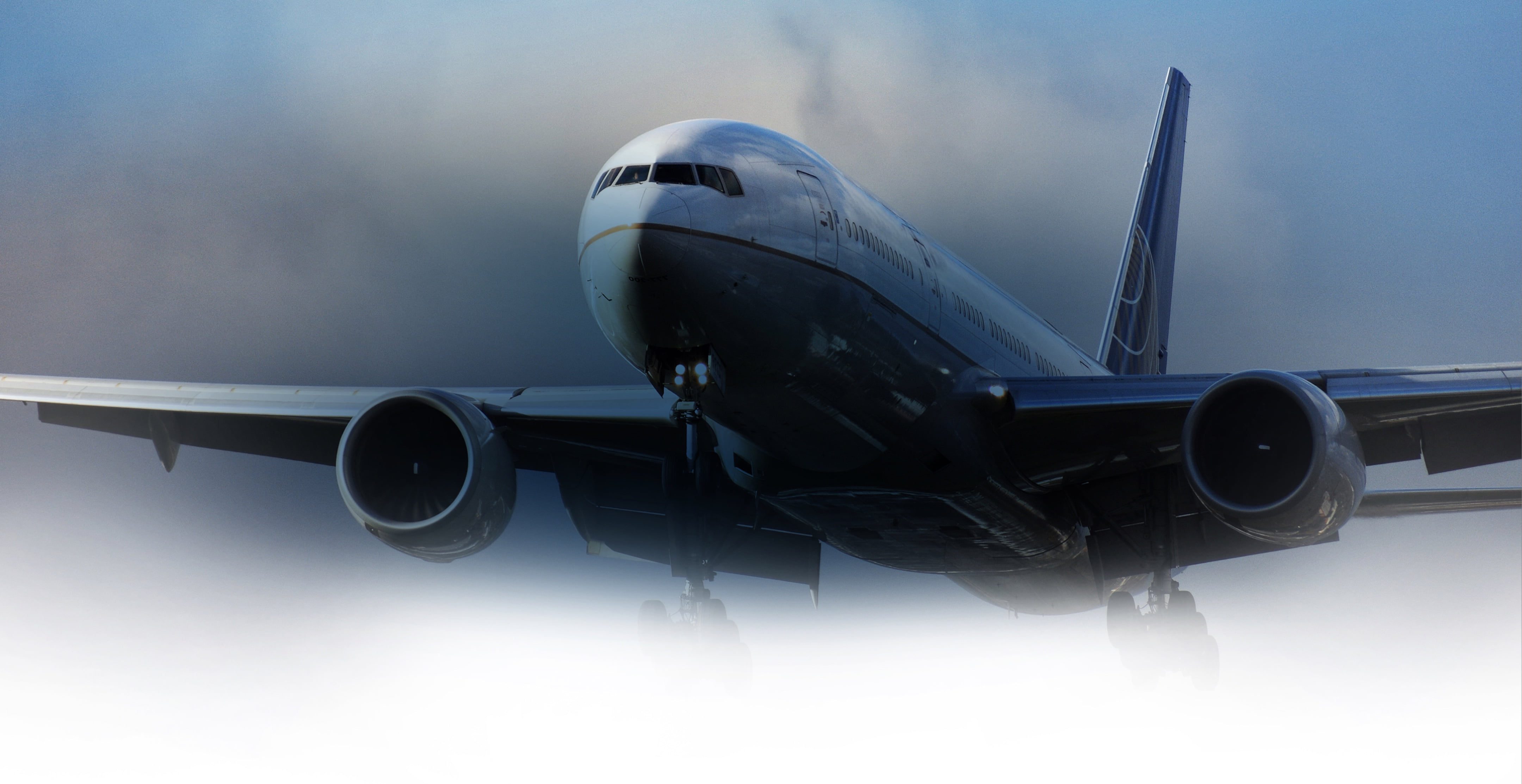
When considering airport security, the initial thoughts often gravitate towards bag checks and X-ray scans, understandably so. However, the safety protocols in airports encompass more than just these visible measures. From runway upkeep to wildlife management, here are some critical processes and procedures fundamental to airport safety.
- PASSENGER AND LUGGAGE SECURITY SCREENING Airport security adopts a multi-layered approach to safeguard passengers, crew, and aircraft. Advanced technologies like body scanners and X-ray machines play a pivotal role:
- Body Scanners: These non-invasive devices produce detailed images to detect concealed objects on passengers.
- X-ray Machines: Integral for examining both carry-on and checked luggage to identify prohibited items.
- Explosive Detection Systems (EDS): Essential for screening baggage to prevent dangerous materials from entering aircraft.
Additionally, security personnel conduct manual checks and utilize behavioral analysis techniques. Adherence to stringent regulations set by authorities like the Transportation Security Administration (TSA) is ensured through regular audits.
- RUNWAY AND TAXIWAY MAINTENANCE Sustaining the integrity of runways and taxiways is critical for safe airport operations. Regular inspections detect and rectify surface imperfections that could jeopardize aircraft during takeoff and landing. Management of Foreign Object Debris (FOD) and effective lighting systems are paramount for guidance, particularly in adverse weather conditions.
- WILDLIFE HAZARD MANAGEMENT Airports conduct routine assessments to mitigate wildlife hazards, adapting strategies to local fauna behaviors. These may include habitat modifications and active deterrence methods like trained falcons or bio-acoustics systems. Collaboration with environmental experts ensures effective, eco-friendly wildlife control measures.
- EMERGENCY RESPONSE AND FIRE SAFETY Airports prioritize emergency preparedness, detailing comprehensive plans for various contingencies. Specialized firefighting units equipped to handle aviation-related fires ensure swift responses. Regular training drills and clear communication protocols ensure readiness during emergencies.
- REGULATORY COMPLIANCE Adherence to strict aviation regulations set by authorities like the Federal Aviation Administration (FAA) and the International Civil Aviation Organization (ICAO) is paramount. Airports undergo regular audits to verify compliance with safety, security, and environmental standards. Safety Management Systems (SMS) are implemented to proactively manage operational risks.
Flightworx offers streamlined solutions for airport operations, ensuring adherence to rigorous safety protocols. From security to ground handling, our services prioritize efficiency and safety, facilitating seamless operations. Contact us to learn more about how we can support your aviation needs.